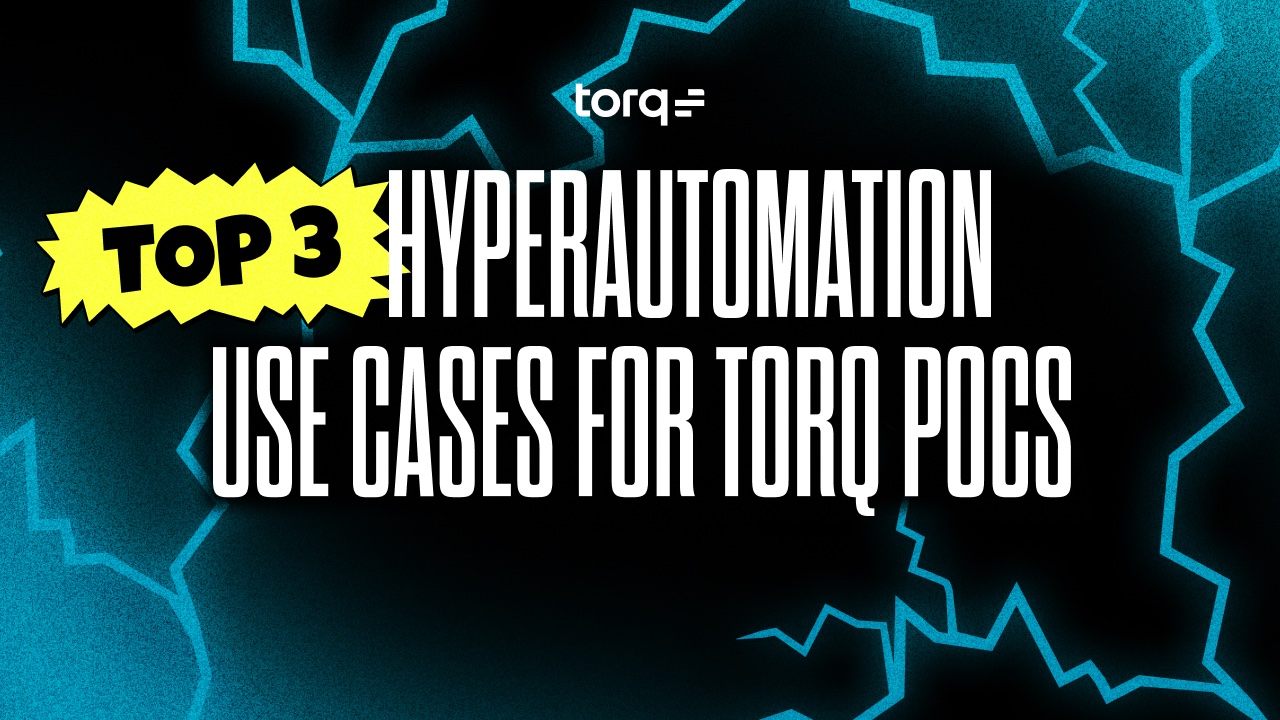When we discuss cybersecurity and the threat of cyber attacks, many may conjure up the image of skillful hackers launching their attacks by way of undiscovered vulnerabilities or using cutting-edge technology. While this may be the case for some attacks, more often than not, vulnerabilities are revealed as a result of careless configuration and inattention to detail. Doors are left open and provide opportunities for attacks. The actual exposure in our systems is due to phishing schemes, incorrectly configured firewalls, overly permissive account permissions, and problems our engineers don’t have time to fix.
This article will introduce you to an actionable strategy to protect your environment using Cloud Security Posture Management (CSPM). We’ll describe what CSPM is and why it’s essential for your organization to implement it. We’ll also cover some of the reasons why organizations fail to implement such a strategy effectively. Finally, we’ll explore practical and straightforward approaches that your organization can pursue right away to protect your digital assets and your consumer’s data.
What Is Cloud Security Posture Management (CSPM) and Why Is It Important?
When compared with a traditional data center, the cloud offers significant advantages. Unfortunately, our approach to securing a conventional data center doesn’t translate well to the cloud, so we need to recalibrate how we think about and enforce security. CSPM or Cloud Security Posture Management is the process of automating the identification and remediation of security risks across our ecosystem.
Cloud providers such as Amazon Web Services (AWS) and Google Cloud provide an expansive range of services and capabilities. While the cloud host takes care of patch management and ensuring availability, it’s the user’s responsibility to protect their data and services from malicious actors. In recent years, several high-profile data breaches have come about due to improperly configured storage buckets or through accounts with more access than required.
Why Is CSPM Challenging and What Does It Cover?
The public cloud offers more than simply virtual servers and databases. Modern applications are composed of a multitude of services, each with unique permissions and access-control policies. The age of DevOps requires development teams to have access to a wide range of permissions and the organization’s trust that they’ll use that responsibility carefully. Unfortunately, mistakes happen; and especially in a model where distributed user accounts and systems constantly evolve, configurations and changes require a monumental effort to manage and monitor these accounts.
Visibility would be the core principle if we had to simplify the challenges of protecting your digital ecosystem into a single concept. A comprehensive CSPM strategy consists of providing visibility into all aspects of your environment. This visibility includes:
- Account and Permission Management
- Service Configuration
- Patch and Security Update Management
- Effective and Efficient Problem Resolution
- Vulnerability Scans of Applications and Third-party Libraries.
A CSPM solution provides visibility into each of these aspects, and tracks anomalies and suspicious changes as they happen. A CSPM automatically remediates potential problems and threats where possible, and raises appropriate alerts if automatic remediation isn’t available.
Implementing a CSPM Strategy
Implementing a successful CSPM strategy may seem a little daunting given the scope of what the solution needs to cover and the importance of achieving comprehensive coverage of your entire ecosystem. Most of the large cloud providers have services that can monitor changes within their environments. While they effectively monitor most services within their domain, they are limited to those same services. Ideally, you want to partner with an organization that has invested time and resources into CSPM solutions that can span the breadth of your organization.
Equally important to the coverage of the solution is the capacity for automation. Automated processes can be used for monitoring, analyzing, and remediation when possible. Given the dynamic nature of most environments, manual tracking may not be able to keep up with changes as your organization grows. Additionally, as with configuration and operational tasks, there is always the chance for human error, resulting in missed alerts or worse problems that are identified and then forgotten, as additional tasks and issues arise.
A successful CSPM solution uses automation extensively, monitoring and detecting problems and automatically remediating such problems or isolating them until the appropriate personnel can address them.
Practical CSPM Use Cases
Implementing an automated CSPM solution will alert you to potential vulnerabilities in your systems, misconfigured resources, and potentially harmful changes. Still, there is more to a CSPM solution than just detection and reporting.
Once the CSPM solution discovers an issue with your environment, a well-designed system will also assist with managing issues, performing such tasks as:
- Filtering issues by priority and severity so that you can devote resources to the most critical issues first.
- Organizing related issues and ensuring that issues aren’t duplicated across multiple systems.
- Periodically performing additional scans and tests to determine whether vulnerabilities and issues have already been addressed.
- Managing the assignment of issues to the appropriate owner within the organization and escalating tickets that might not be receiving proper attention.
In a nutshell, your CSPM solution should remove much of the guesswork associated with security scans, configuration management, and issue resolution. The system should handle many mundane tasks and only engage your engineers when necessary. This approach will free you and your organization to focus on delivering additional value to your customers and improving your existing offerings.
Learning More
As leaders in the field of automation, Torq is uniquely positioned to help you find and implement a CSPM solution that addresses your organization’s needs. Reach out to Torq to learn more about the services they offer and how they can work with you to improve the security of your systems and manage your cloud environments.




